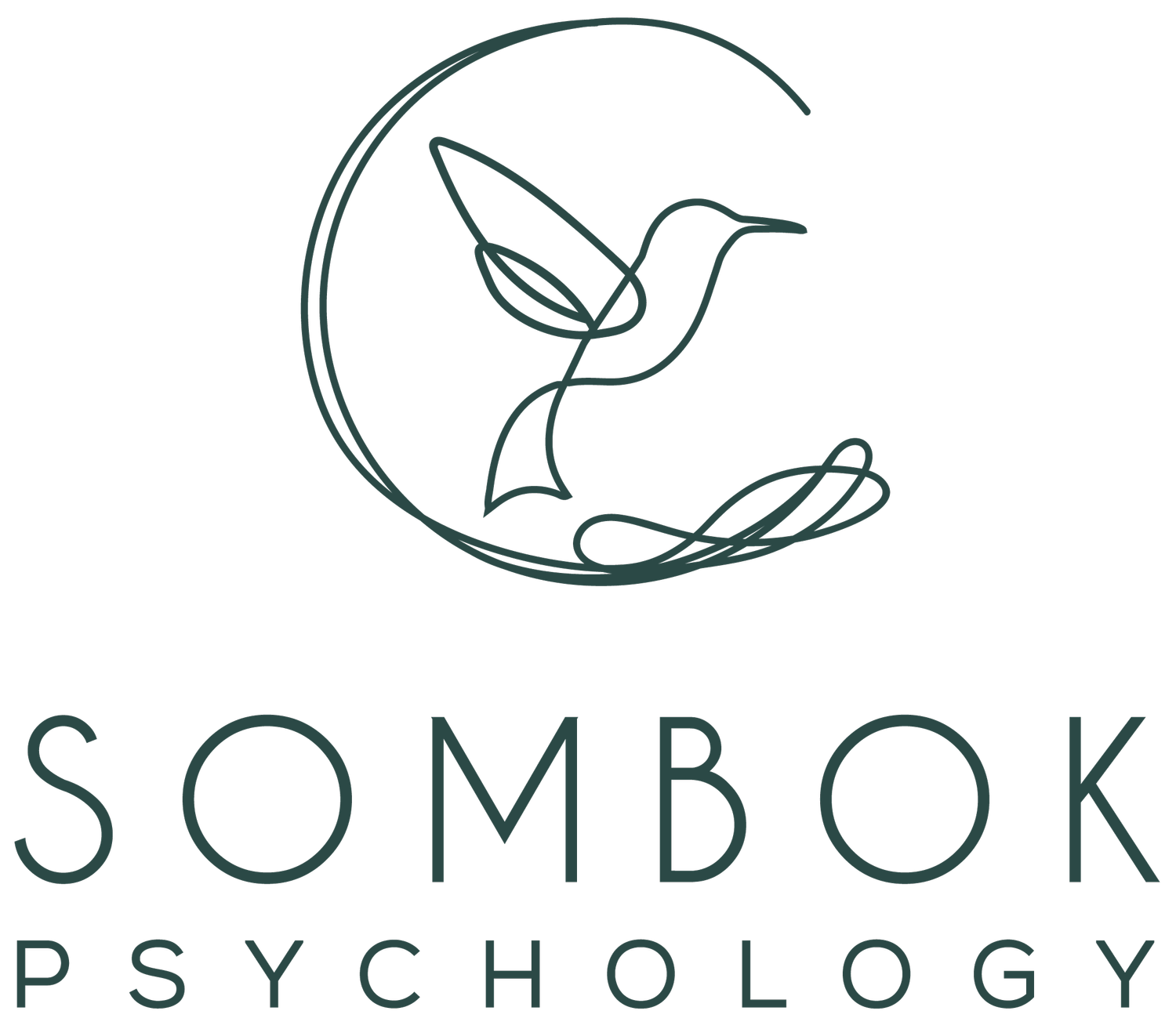
Sombok Psychology utilises the following assessment tools:
Wechsler Intelligence Scale for Children – Fifth Edition (WISC-V)
Purpose: A widely-used tool for assessing cognitive ability in children, including reasoning, problem-solving, memory, and processing speed. It is often used for identifying learning difficulties, developmental delays, or giftedness.
Age Range: 6–16 years.
Wechsler Preschool and Primary Scale of Intelligence (WPPSI)
Purpose: Evaluate cognitive abilities in young children, focusing on verbal and non-verbal skills. It is frequently used for school readiness evaluations or early identification of intellectual disabilities or giftedness.
Age Range: 2 years 6 months–7 years 7 months.
Wechsler Adult Intelligence Scale (WAIS-IV)
Purpose: Measures adult cognitive functioning, including reasoning, memory, and problem-solving abilities. It is useful for diagnosing intellectual disabilities, brain injuries, or assessing cognitive strengths.
Age Range: 16–90 years.
Wechsler Individual Achievement Test (WIAT-IV)
Purpose: Assesses academic skills, including reading, writing, math, and oral language. It is frequently used to diagnose learning disabilities or monitor academic progress.
Age Range: 4–50 years.
Autism Diagnostic Observation Schedule, Second Edition (ADOS™-2)
Purpose: A gold-standard tool for diagnosing Autism Spectrum Disorder (ASD). It includes structured and semi-structured activities to observe social communication and restricted behaviours.
Age Range: 12 months–adulthood.
Monteiro Interview Guidelines for Diagnosing the Autism Spectrum, Second Edition (MIGDAS-2)
Purpose: Provides a structured interview framework to gather comprehensive information about behaviours and symptoms associated with autism. This tool is often used alongside other diagnostic assessments.
Age Range: All ages.
Adaptive Behavior Assessment System (ABAS)
Purpose: Measures adaptive functioning in areas such as daily living skills, communication, and social interaction. It is commonly used for developmental assessments and disability evaluations.
Age Range: Birth–89 years.
Vineland Adaptive Behavior Scales - Third Edition
Purpose: Evaluates adaptive behavior, including communication, motor skills, and socialization. It is frequently used for ASD, intellectual disability, and developmental delay assessments.
Age Range: Birth–90 years.
Conners 4 Parent, Teacher & Self Report
Purpose: Screens for ADHD and related behavioural challenges, providing insights from multiple perspectives, including parents, teachers, and the child.
Age Range: 6–18 years (Parent/Teacher); 8–18 years (Self-Report).
CAARS Self-Report & Observer Report
Purpose: Assesses ADHD symptoms in adolescents and adults, focusing on hyperactivity, impulsivity, and inattention. It is useful for diagnosis and monitoring treatment progress.
Age Range: 18 years and older.
Autism Spectrum Rating Scales (ASRS™)
Purpose: Evaluate behaviours associated with Autism Spectrum Disorder, such as communication challenges, social deficits, and repetitive behaviours.
Age Range: 2–18 years.
Social Communication Questionnaire (SCQ)
Purpose: A screening tool for autism symptoms, focusing on social communication challenges and restricted/repetitive behaviours.
Age Range: 4 years and older.
Social Responsiveness Questionnaire 2 (SRS-2)
Purpose: Measures the severity of social deficits associated with Autism Spectrum Disorder and helps identify the level of support required.
Age Range: 2.5 years–adulthood.
Minnesota Multiphasic Personality Inventory-3 (MMPI-3)
Purpose: A comprehensive personality assessment tool used to evaluate psychopathology, emotional functioning, and behavioural tendencies.
Age Range: 18 years and older.
Career Assessment Inventory (CAI)
Purpose: Matches an individual’s interests and skills with potential career paths, aiding in career decision-making and counselling.
Age Range: 15 years and older.
Giftedness Rating Scales - Second Edition (GRS-2)
Purpose: Identifies children with exceptional intellectual, academic, or creative potential. It is often used for admissions to gifted programs and educational planning.
Age Range: 6–13 years (Parent & Teacher Report).
